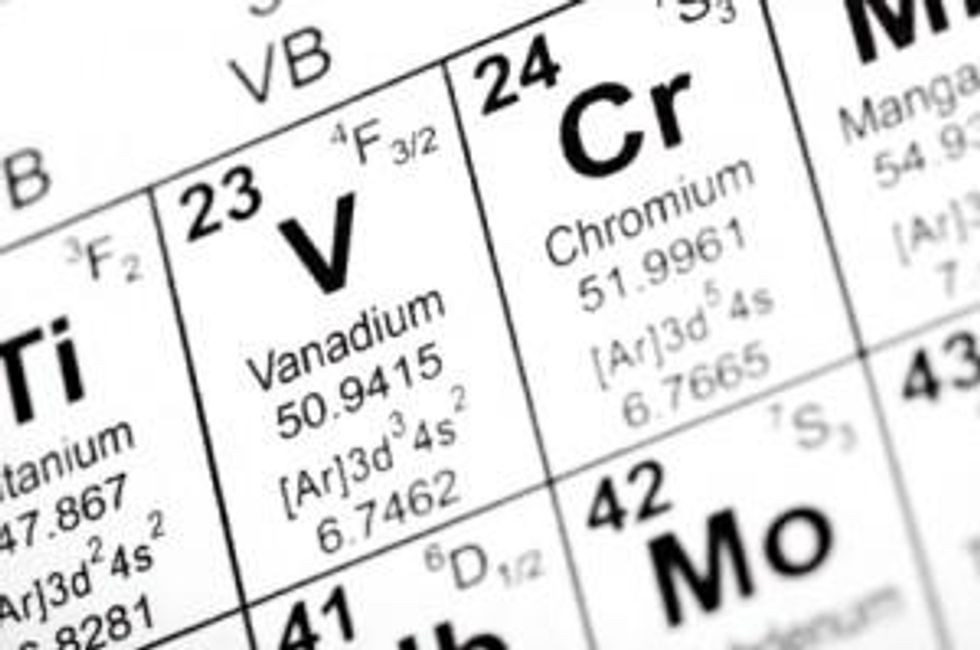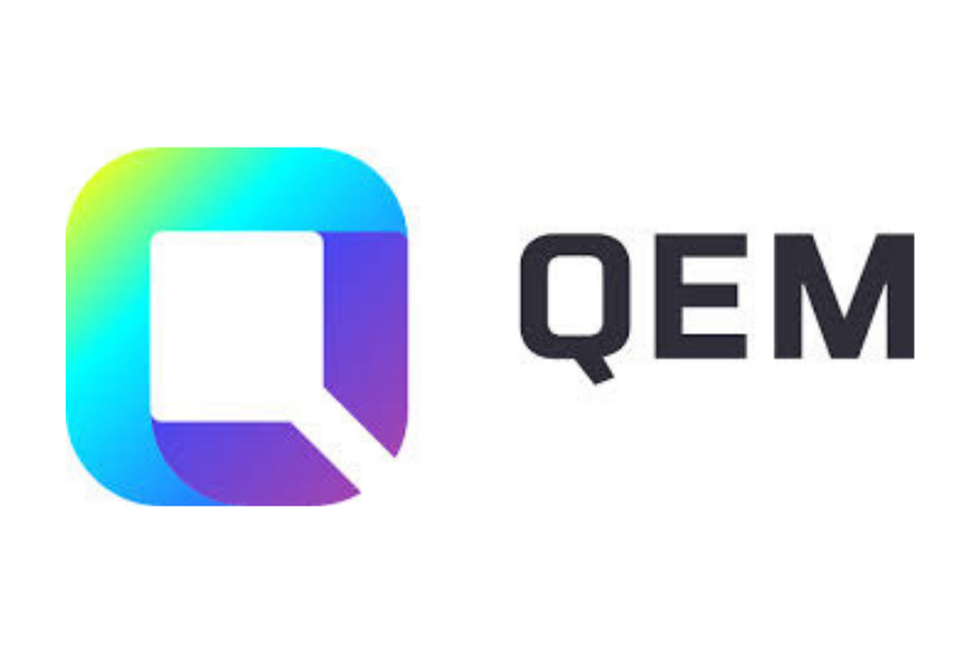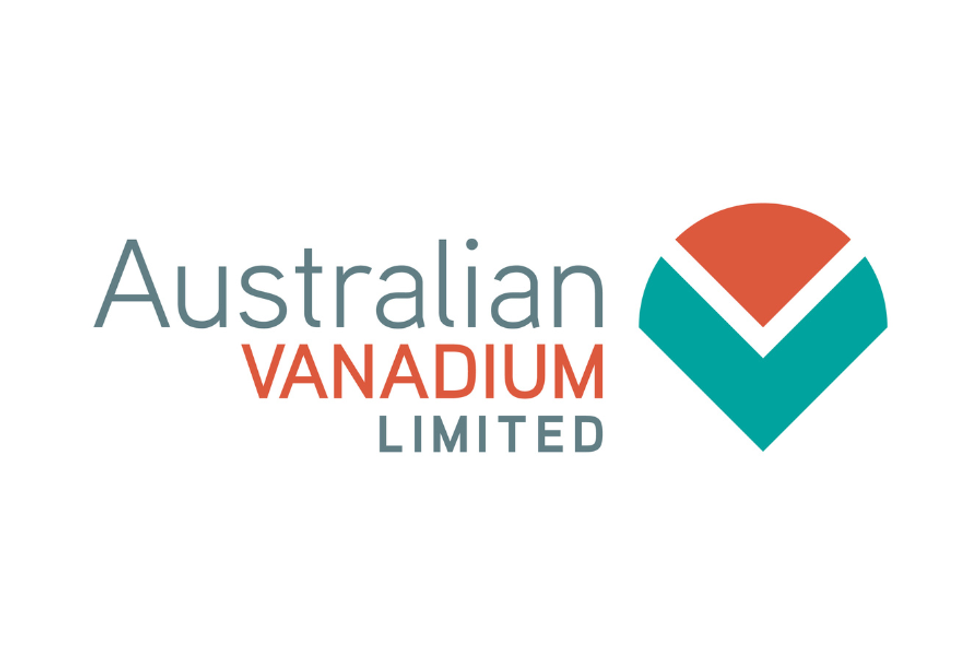The world’s largest vanadium-producing nation is in trouble — where in the world will miners look next?
Platinum market production cutbacks caused by labor unrest and job action in South Africa have recently been the focus of much concern. These activities springboarded the January platinum price higher than the gold price for the first time since the first quarter of 2012 and led to major production cutbacks from companies like Impala Platinum Holdings (OTC Pink:IMPUY) and Anglo American Platinum (OTC Pink:AGPPY).
The potential impact of South African labor woes — which show no signs of abating, despite the end of full-out strikes — on the vanadium market has, however, been less discussed.
This past month, the world’s largest vanadium producer, EVRAZ (LSE:EVR), revealed the effect that labor action had on its production during the second half of 2012.
In its year-end operational results report, EVRAZ notes that vanadium slag production at its South African unit fell 21.3 percent during 2012, from 7,881 metric tons (MT) to 6,205 MT. The company attributes the sharp decline to a four-week labor action by workers in July and August, as well as a transportation strike in the country. EVRAZ’s ferrovanadium production also fell by 13.8 percent year-on-year.
EVRAZ further notes that even after strikes ended, the company experienced “ramp-up problems” getting mines back into working order. The report also cautions that the interruption of raw vanadium production “may adversely affect” the company’s output of vanadium chemicals during the first quarter of 2013.
The big three of vanadium
Fortunately for EVRAZ, the strike-related decline in the company’s South African vanadium output was more than offset by production growth at its larger Russian operations — where production increased by nearly 2,000 MT, or 15.5 percent, in 2012.
But other South African producers may not be so lucky. The nation accounts for one-third of global vanadium output, having produced 20,000 MT of the metal in 2011, according to the United States Geological Survey (USGS). At 3.5 million MT, South Africa contains 25 percent of worldwide vanadium reserves.
The threat of further job action adversely affecting this critical global production center is all the more dire given the highly restricted state of vanadium production throughout the rest of the world. The only other major producing nations found on the planet are China — at 23,000 MT produced in 2011 — and Russia, at 15,000 MT produced.
This “big three” of vanadium accounts for nearly 97 percent of global production, making the metal even more geographically concentrated than platinum. Political sensitivities around vanadium from these nations also create higher costs for buyers — with production subject to anti-dumping duties of as much as 100 percent.
Vanadium frontiers
The threat of lost vanadium production from South Africa is prompting mining companies (and investors) to ask: what parts of the world could pick up the slack?
Australia is one answer. Atlantic (ASX:ATI) is ramping up its Windimurra vanadium mine, which is located 600 kilometers north of Perth and is Australia’s first significant source of vanadium output.
Windimurra achieved production in January 2012. It’s now ramping up to a capacity of 6,300 MT per year and expects to achieve that in the first quarter of 2013. That amount is equal to about 7 percent of worldwide supply and reaching it will thus be a globally significant milestone.
Australia’s vanadium deposits are very competitive in both size and grade. Windimurra hosts nearly 130 million MT of reserves grading 0.47 percent — higher than many deposits being developed in other nations. The grade and the open-pit design of the mine position it to be one of the lower-cost producers globally.
The Windimurra area also has potential for expansion, with Atlantic holding licenses over some 27 kilometers of potential mineralized strike length. The company has drilled 6 kilometers of strike and plans for the open pit to cover 4.2 kilometers.
Fortunis Resources (ASX:FOT) is also exploring this region for vanadium after completing a farm-in agreement in October 2012.
Brazilian vanadium miner targeting Q4 production
In Brazil, Canadian junior Largo Resources (TSXV:LGO) has stepped up to the plate with its Maracas vanadium project, which is slated to begin production in the fourth quarter of this year. Permitted and in construction since June 2012, the project has a six-year offtake agreement with commodities trading giant Glencore International (LSE:GLEN) and will produce an annual 11,400 MT of V205 equivalent over a 29-year mine life.
Largo touts the project as “poised to be the world’s premier producer of vanadium” due to its high grade and low operating costs. A preliminary economic assessment released in January doubled the project’s net present value to $554 million, with a 26.3-percent internal rate of return, based on an expanded production scenario.
America steps up to the plate
Recently released USGS data quantified for the first time production data for vanadium in the US. The 2012 total — 270 MT — is small, less than 1 percent of global output. But it does make America one of the few producing nations globally.
US vanadium is currently produced as by-product from uranium mining in Utah. Producers here include Energy Fuels (TSX:EFR), which will put out up to 2 million pounds of vanadium in 2013, according to company estimates.
Uranium-vanadium deposits are widespread in the Southwestern US, representing a significant potential vanadium source; however, it is a source that is tied to the fate of controversial uranium mining.
But America also has potential for primary vanadium output. American Vanadium (TSXV:AVC) is vying to become America’s first primary vanadium producer. The company’s Gibellini project in Nevada hosts a resource of 180 million MT grading approximately 0.25 percent and is currently being permitted for development following a positive feasibility study in 2011.
Government geologists in the 1970s identified Nevada’s black shales — like the ones at Gibellini — as a potentially large source of low-grade vanadium that contains potential credit metals like zinc and molybdenum. Yet almost no mining has taken place until now.
If American Vanadium’s project flies, knock-on projects could put a dent in global vanadium output.
Swedish shales
Geologists have noted vanadium in black shales at several other places in the world, particularly Sweden’s Alum shale.
The Alum shale is expansive to the point that companies working there, like Continental Precious Minerals (TSXV:CZQ), have identified billions of tonnes in resource. The shale is most noted for its uranium content, but vanadium grades are decent, at about 0.27 percent in Continental’s Viken deposit. The shale also contains molybdenum and nickel credits.
Processing these ores is difficult, and Continental is looking at bioleaching to unlock the metal — the company is planning an updated scoping study on this option. But if South African upheaval causes a vanadium supply squeeze, higher prices could spur the technological advances needed to kickstart the play.
Securities Disclosure: I, Dave Forest, do not hold equity interest in any companies mentioned in this article.
Related reading:
South Africa’s Platinum Miners Struggling
Platinum Miners Bring Tense South African Labor Situation to a Head
Atlantic’s Windimurra Ferrovanadium Production to Account for One-tenth of World Supply


